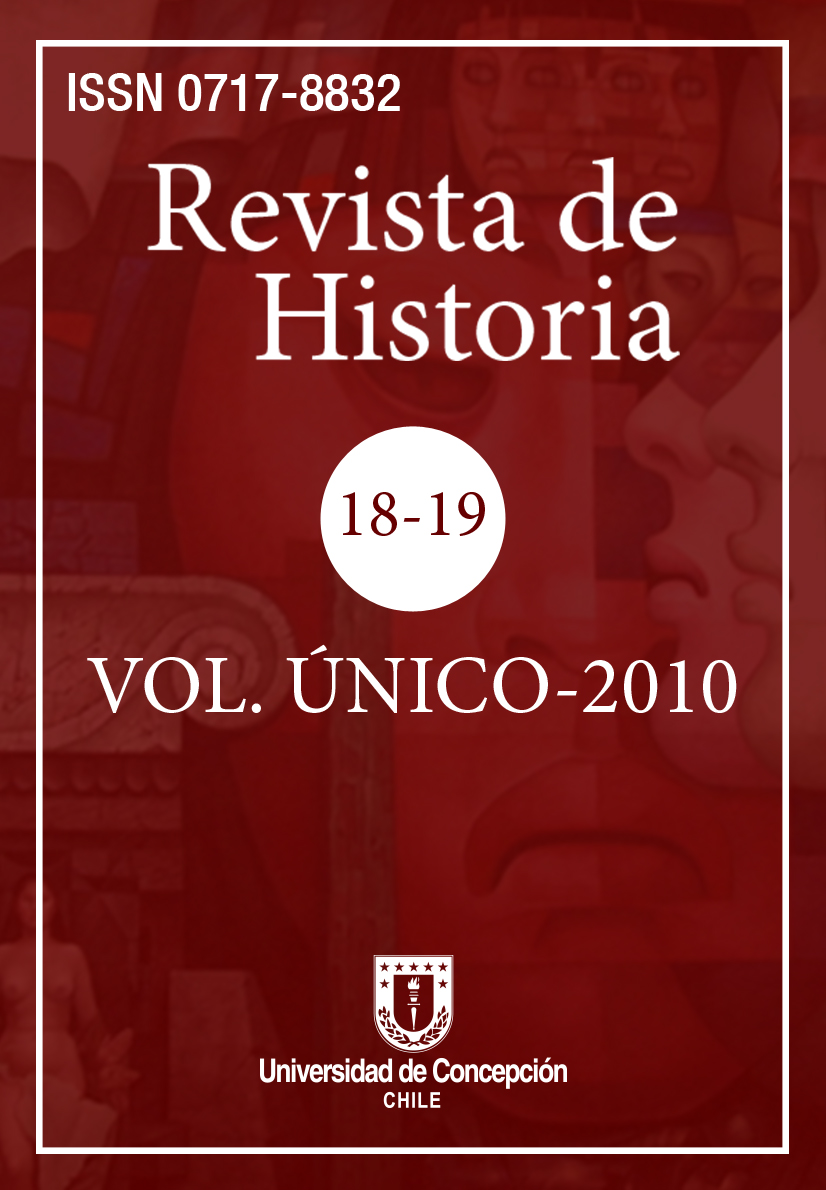Anticlericalism, regionalism and social mobilization. The antiarzobispal riot in Copiapó 1853
DOI:
https://doi.org/10.29393/RH18-44JFAR10044Keywords:
Regionalism, Anticlericalism, Social Mobilization, Copiapó, 19th CenturyAbstract
On december 25 of the year 1853, in Copiapó, a multitude burned an edict of the archbishop of Santiago. The edict called to report the residents "suspicious" of being "heretics". On this paper I want to show that those events proved how regionalism and anticlericalism were united in Copiapó, linked by a pro-modernization discourse that despised the traditionalism of the Chilean Central Valley and refused the excessive concentration of power in the capital city. I also want to show the forms that Copiapo's anticlericalism acquired emphasizing on how the freedom of conscience was elevated as the supreme value, and how the religious authorities were deprived of the respect to their vestiture and were desacralizated. We pretend to know the different social groups that tacked part in this demonstration and the questions at were created in view of the possible participation of a mob of miner laborers. I will also analyze the positions adopted by different political groups before this discussion, showing how the stances of liberals and conservatives were not antireligious, but expressed different vels of anticlericalism. The liberals questioned the idea of institutional religion, replacing it by an utopic hope of return to primitive cristianism, a Catholic Church distanced of power and united by the ideals of charity and universal fraternity. On the other side, political groups identified with the government urged to submit the clergy to the civil authorities, defending regalist ideas.
Downloads
Published
How to Cite
Issue
Section

This work is licensed under a Creative Commons Attribution 4.0 International License.






